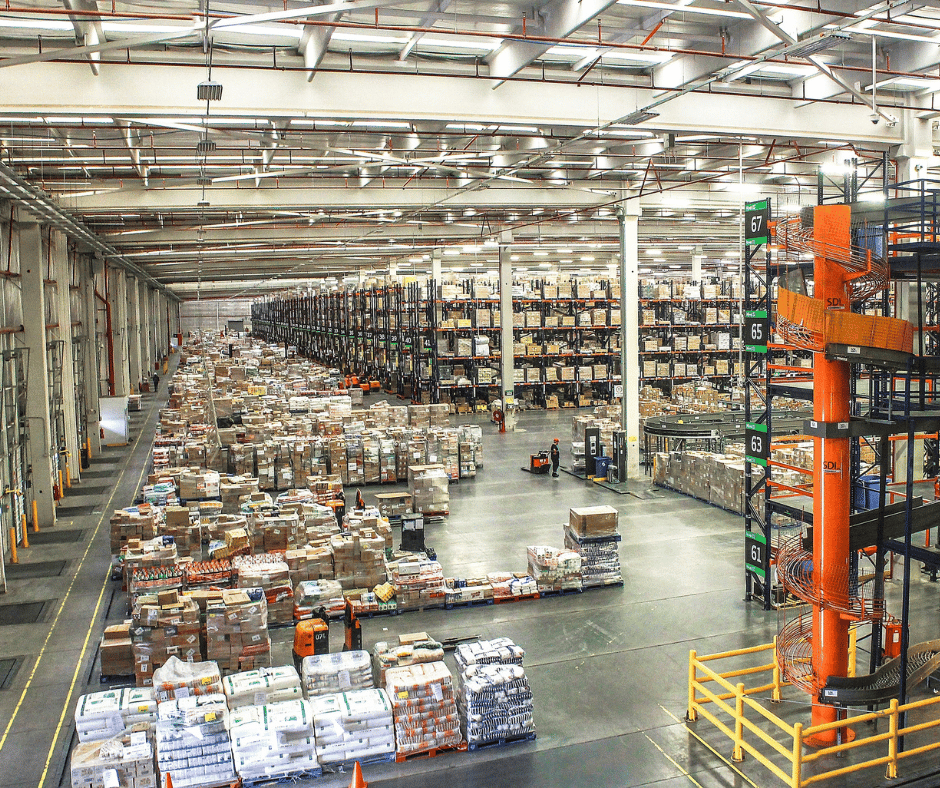Consumer goods and packaged food companies are perhaps the largest users of logistics services. These companies produce their goods all around the world and then have to ship them to locations around the world. In contrast to heavy machinery, which has large yet infrequent shipping needs, or agriculture, which has seasonal shipping needs, consumer goods providers have year-round needs to ship a large number of goods around the county and around the world. For that reason, dry warehousing continues to command high demand.
What Is Dry Warehousing?
Dry warehousing is a type of commercial warehousing focused on storing consumer goods and packaged food goods. These are distinct from agriculture and many chemical goods because they are stored at room temperature.
For example, electronic goods are produced in Asia. These goods including phones, tablets, computers, and cameras, come into the US by the millions every year. Before reaching the electronics store or the end user, they are often stored in a temporary dry warehouse.
The warehouse is responsible for not only keeping the goods dry but also away from extreme temperatures. During the intermediate period before they reach the consumer, the warehouse is also responsible for keeping the products in good physical shape so that they are acceptable for final sale.
Lastly, dry warehousing providers must ensure the products are easily identifiable and ready to go when the shipper arrives. That means the inventory has to be extremely well-organized and aligned with the shipper’s schedule.
What Do the Best Providers Offer?
The best warehousing providers are moving beyond simple storage solutions and are offering a number of other value-added services and solutions.
As logistics providers, they are integrating into their customer’s ERP systems to make sure that just-in-time shipping becomes a reality. By anticipating when trucks come and go, warehouses can better integrate with their partners and reduce costs.
In fact, some dry warehousing and logistics providers are managing more and more of the back-end IT as part of their services. They help to upload important information, customize solutions for partners and manage integration with other shipping partners.
Furthermore, 3PLs keep their clients up to date with inventory and shipping information. They provide helpful dashboards, spreadsheets, and dynamic models to help clients fully understand their shipping needs and inventory levels. More and more dry warehousing providers are adding additional functions to give their clients a heads-up on the best way to approach their shipping and storage needs.
For example, if the customer’s goods are experiencing a slow season and inventory levels are piling up, the warehouse can offer a cheaper long-term plan than a month-to-month plan. That helps the warehouse optimize as well because they can place the goods in less accessible places high in a rack until they are necessary.
Packaged goods companies and consumer goods companies are taking advantage of these services to save money and make their businesses run more efficiently.
CWI Logistics Is the Leader In Dry Warehousing
CWI Logistics Inc. is the leader in dry warehousing and logistics. Our expert team has locations throughout Florida. For more information, please reach out to us. Our friendly consultants will help your business keep your goods dry and secure.


